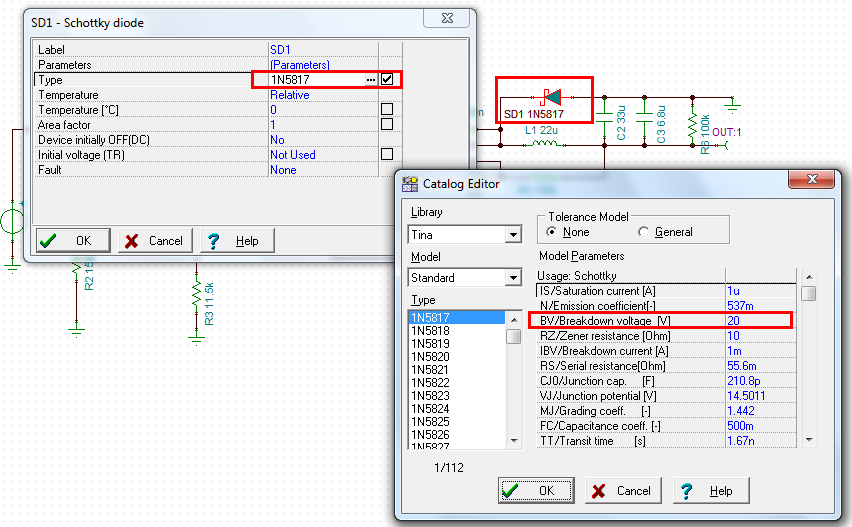Other Parts Discussed in Thread: TINA-TI
Tool/software: WEBENCH® Design Tools
I am trying to simulate LMR16020 for +36V output with free and generally PSPICE compatible LTSPICE.
But using unencrypted model simulation fails with no POWER-GOOD signal and no good voltage at SW. I checked and double-checked all the pin numbers... and still.
Tried to see what WEBENCH thinks about it, and it knows nothing about LMR16020. Why?
Is it some king of orphaned and abandoned IC? In whitepaper it looks very pretty, simple to solder package, high power, integrated 2MHz clock and nMOSFET, relaxed inductor requirements(!)...
And still, I can not check the design in software.
Does the circuit look good?


